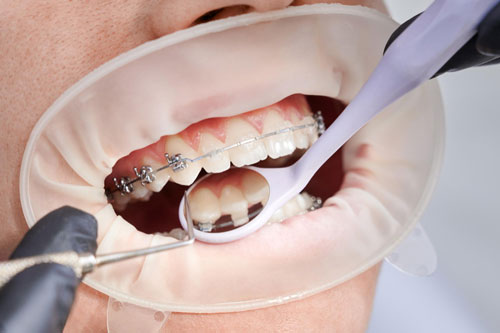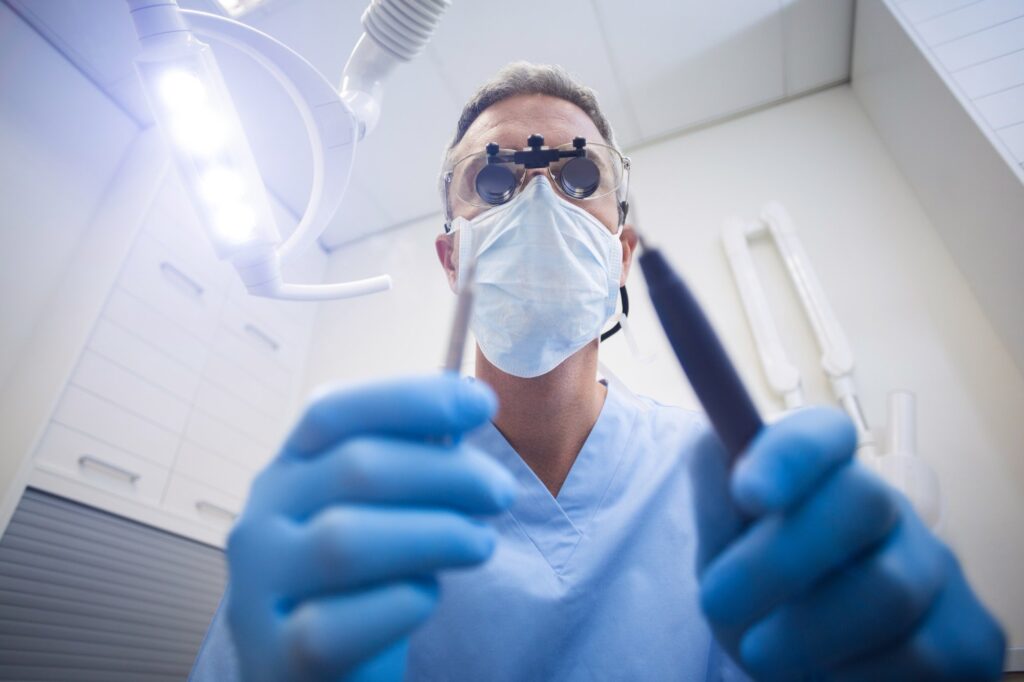When it comes to achieving a beautiful smile and maintaining dental health, knowing when to see an orthodontist is crucial. Orthodontic treatment can address various issues with teeth alignment, jaw positioning, and facial symmetry. In this informational blog, we will explore when the best time is to see an orthodontist, the importance of regular check-ups, common orthodontic issues, and available treatment options.
When Is the Best Age to See an Orthodontist?
Determining the ideal age for an orthodontic visit depends on various factors. The American Association of Orthodontists recommends that children have their first orthodontic exam by the age of 7. This early evaluation allows orthodontists to identify any potential issues with tooth development, jaw growth, and facial symmetry. Early intervention can help prevent more complex problems in the future.
Orthodontic Treatment for Children
- Recommended Age for Orthodontic Treatment. Dentists typically recommend orthodontic treatment for children once they have a mix of baby teeth and permanent teeth. This period usually falls between the ages of 8 and 14.
- Benefits of Early Intervention. The early stage of mixed dentition is the ideal time for orthodontists to address dental issues such as misaligned teeth, crowded teeth, or excessive gaps.
- Corrective Measures for Dental Issues. Taking corrective measures at this stage can help your child attain proper alignment and promote optimal oral hygiene.
- Improvement in Oral Health. Early orthodontic intervention can improve dental health and also contribute to the development of good speech and chewing habits. It gives the orthodontist a chance to guide the child’s jaw growth, reducing the occurrence of future dental complications.
- Regular Follow-Ups for Progress. Regular follow-ups with the orthodontist will ensure the orthodontic treatment is progressing as planned. Any necessary adjustments can be made to ensure the child’s treatment is on the right track.
- When Will a Child Get Braces? Remember, early treatment does not mean a child will get braces immediately. Instead, the orthodontist will advise parents about the best time to commence comprehensive treatment, considering the individual needs and facial growth of the child.
Orthodontic Treatment for Adults
Orthodontic treatment for adults has seen a significant rise in recent years, proving that enhancing oral health and aesthetic appeal isn’t exclusive to children. More adults are realizing that it’s never too late to improve their smile, tackle crooked or misaligned teeth, or correct a misaligned bite.

- Beyond Cosmetic Enhancement. Despite the common misconception, adult orthodontics isn’t purely about vanity. It also addresses practical concerns such as oral hygiene difficulties, chewing, and speaking issues resulting from poorly aligned teeth.
- Customized Adult Treatment Plans. The orthodontist will conduct a thorough examination and consider unique adult challenges such as gum or bone loss, wear and tear from years of use, or oral health conditions that can affect the best course of treatment.
- Modern Orthodontic Treatments. Advancements in orthodontics have made braces and aligners more comfortable and less noticeable. Adults can choose from various treatment options, such as traditional braces, clear aligners like Invisalign, and lingual braces.
- Length of Treatment. Orthodontics for adults requires patience, as treatment may take a bit longer than in children due to mature bone structure. However, the result is a healthier mouth, a more pleasing appearance, and teeth that are far more likely to last a lifetime.
- Importance of Regular Follow-ups. Regular visits to the orthodontist are crucial to monitor progress and make necessary adjustments. Adults must stick to the orthodontist’s advice about maintenance and aftercare to ensure the success of the treatment.
- Post-Treatment Care. Post-treatment care is essential to maintain the positive effects of the orthodontic treatment. Typically, adults are prescribed dental retainers to prevent teeth from shifting back to their original positions.
- Inconspicuous Treatment Options. With the range of available treatments and advancements in technology, orthodontic intervention can alleviate pressures around maintaining a professional image while undergoing treatment.
- Improved Confidence. Many adults seeking orthodontic treatment value the confidence that comes with a healthy, straight smile. Adult orthodontics can significantly enhance self-esteem and overall quality of life.
Common Orthodontic Issues
There are plenty of reasons why someone might need orthodontic treatment. Some common issues include:
- Overcrowding of Teeth. This pervasive issue is caused by a lack of space in the jaw, leading to teeth that are tightly bunched, overlapped, or twisted. It may increase the risk of tartar build-up, cavities, and gum disease due to difficulty cleaning properly.
- Misaligned Teeth. Teeth can grow crooked due to a number of reasons, including genetics, early loss of baby teeth, or thumb-sucking habits. Misaligned teeth often result in an inequitable distribution of pressure when biting, which may lead to tooth wear and problems with oral function.
- Bite Problems (Overbite or Underbite). An underbite occurs when your bottom teeth are in front of your upper teeth when you close your jaw, and an overbite is when your upper teeth are significantly in front of your lower teeth. Both conditions can result in difficulty speaking and eating and may lead to jaw pain and dental wear.
- Facial Imbalances. Some patients may have a discrepancy in the size or position of their upper or lower jaws, leading to facial asymmetry. Orthodontic treatment can help correct these imbalances, improving the harmony of facial features and potentially alleviating any related discomfort or functional issues.
- Gaps Between Teeth. This issue is usually caused by disproportionate jawbone to teeth sizes, missing teeth, or specific habits such as tongue thrusting. These spaces can pose an aesthetic concern and potentially lead to difficulties with speech and oral function.
- Deep Bite. This occurs when the upper teeth overlap the lower teeth too much, potentially causing the lower teeth to bite into the roof of the mouth. This condition may damage the teeth and gums, cause pain while chewing, and lead to accelerated tooth wear.
- Open Bite. This involves an opening between the upper and lower teeth when the mouth is closed. It often leads to speech problems, difficulties with biting and chewing, and aesthetic concerns.
- Crossbite. This is when the upper teeth sit inside the lower teeth on one or both sides of the mouth, which can lead to tooth wear, gum disease or bone loss, and asymmetric jaw growth. Orthodontic treatment can align the teeth properly to promote better oral function and appearance.
Orthodontic Examination and Treatment Planning
During an orthodontic exam, the orthodontist will evaluate various aspects, including tooth alignment, jaw position, facial features, and overall oral health. They may also take X-rays, photographs, and impressions of the teeth to develop a personalized treatment plan. Based on the examination, orthodontists can recommend braces (both metal and ceramic brackets), lingual braces, clear aligners, or other orthodontic appliances to address specific needs.
When to Go Back to See an Orthodontist
After completing orthodontic treatment, it is crucial to maintain the results achieved. This involves wearing retainers as prescribed by the orthodontist and visiting for periodic check-ups. Regular visits allow the orthodontist to monitor any changes, address any concerns promptly, and ensure the long-term stability of the treatment outcome.
Give Your Teeth the Attention They Deserve: Visit the Orthodontist Today
Knowing when to see an orthodontist is key to maintaining dental health and achieving a beautiful smile. Whether you are a child or an adult, orthodontic treatment can address a wide range of dental issues and offer numerous treatment options. Regular check-ups, early intervention, and following the orthodontist’s recommendations are vital for optimal results. Take the first step towards a confident and healthy smile by scheduling an orthodontic evaluation today.
In taking care of your oral health, you are doing a favor for your overall health. Remember, every smile is unique, but a healthy, beautiful smile is universal. Whether you’re a parent considering orthodontic recommendations for your children or an adult seeking a straighter smile, don’t delay your visit to an orthodontist. Schedule an initial consultation today and step toward the journey of improving your dental health.






